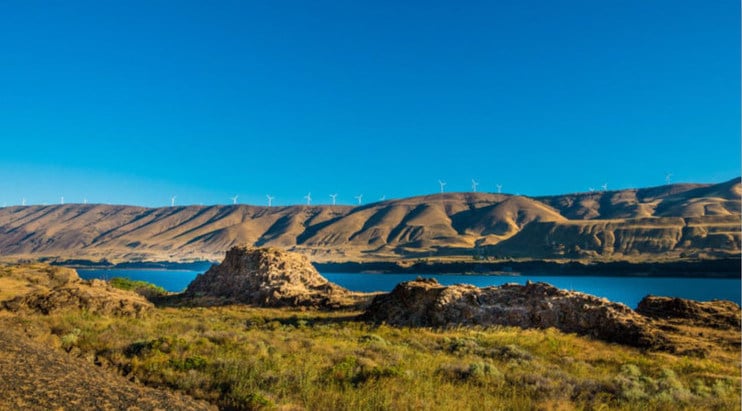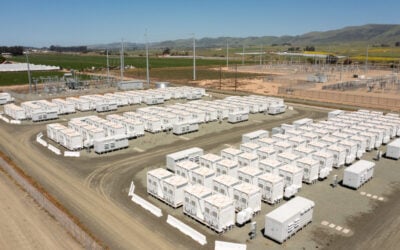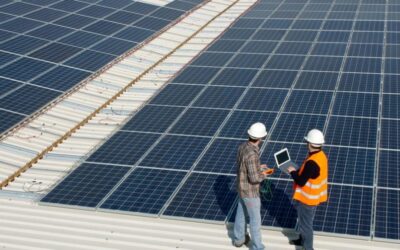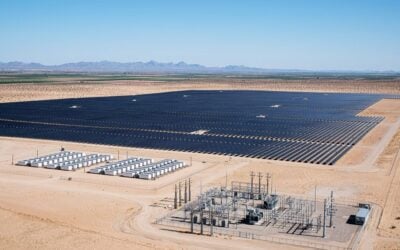
A California wind farm which was built in a state park in the 1980s will be rebuilt, increasing its generation capacity by more than eight times over and adding a large-scale battery storage facility.
Pacheco Pass Wind Farm in Pacheco State Park, Merced County, was built with 162 wind turbines, generating up to 18.4MW electricity. A repowering project set to begin construction in 2023 will see the entire fleet replaced with smaller, more powerful turbines with a generation capacity of 147.5MW.
Enjoy 12 months of exclusive analysis
- Regular insight and analysis of the industry’s biggest developments
- In-depth interviews with the industry’s leading figures
- Annual digital subscription to the PV Tech Power journal
- Discounts on Solar Media’s portfolio of events, in-person and virtual
The wind farm, to be renamed Gonzaga Ridge Wind Farm (GRWF), was purchased from its original owner International Turbine Research in 2018 by developer Scout Clean Energy, which owns and operates its renewable energy assets and is a portfolio company of investment group Quinbrook.
Along with the significant boost in its generation capacity, GRWF will also be equipped with a 50MW, four-hour duration (200MWh) battery energy storage system (BESS) which will allow the wind farm’s output to contribute to local energy capacity needs more predictably.
The repowering project, one of the first of its kind to be carried out on state land, is expected to be complete by the end of October 2024.
“The increase in renewable energy generated from this overall project helps demonstrate the potential for more of these type projects in the future. With some of the aging infrastructure, especially in California, we hope this serves as an example for repowering projects across the country,” Scout Clean Energy CEO and founder Michael Rucker said.
The wind farm was built in the park under a 25-year agreement signed in 1992 by the land’s previous owner, Paula Fatjo. After the owner passed away, the land, including the wind farm, was bequeathed to the California Department of Parks and Recreation in 1997.
Scout Clean Energy said last week that it has signed an off-take agreement for the project with Peninsula Clean Energy. One of California’s Community Choice Aggregator (CCA) groups, Peninsula Clean Energy will buy 76.35MW of power over a 15-year power purchase agreement (PPA) term.
California’s CCAs allow customers to choose the sources of power they buy, while the supplier utilises the grid network of the state’s investor-owned utilities (IOUs). As such, many CCAs offer partial or full renewable energy bill plans and the groups have become prolific in signing clean energy PPAs, with Energy-Storage.news reporting on many solar-plus-storage deals.
Peninsula Clean Energy CEO Jan Pepper said the project was a “great example of how state-of-the-art wind farms have become far more efficient and powerful in providing clean and affordable energy across our territories during both peak and non-peak hours”.
While hybridisation (pairing generation with energy storage), or colocation (placing separate generation and energy storage facilities on the same grid interconnection point) are both rising rapidly in the US, wind-plus-storage has been slower to take off than its solar counterpart.
Research published earlier in the year by Lawrence Berkeley National Laboratory (Berkeley Lab) pointed out that as of the end of 2020, in major interconnection queues in the country about 34% of planned solar projects were being developed with batteries included, while the same could be said for only about 6% of wind.






